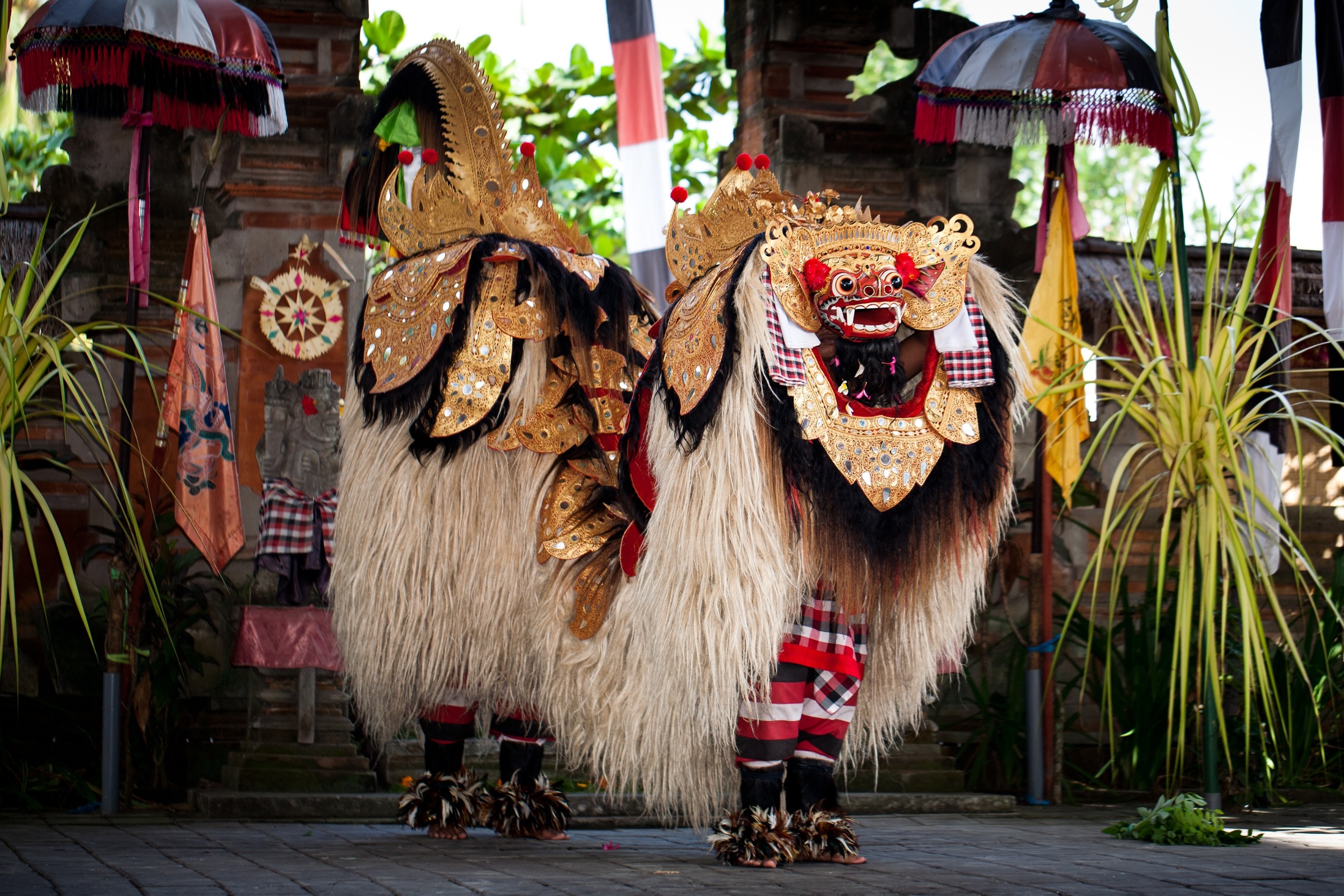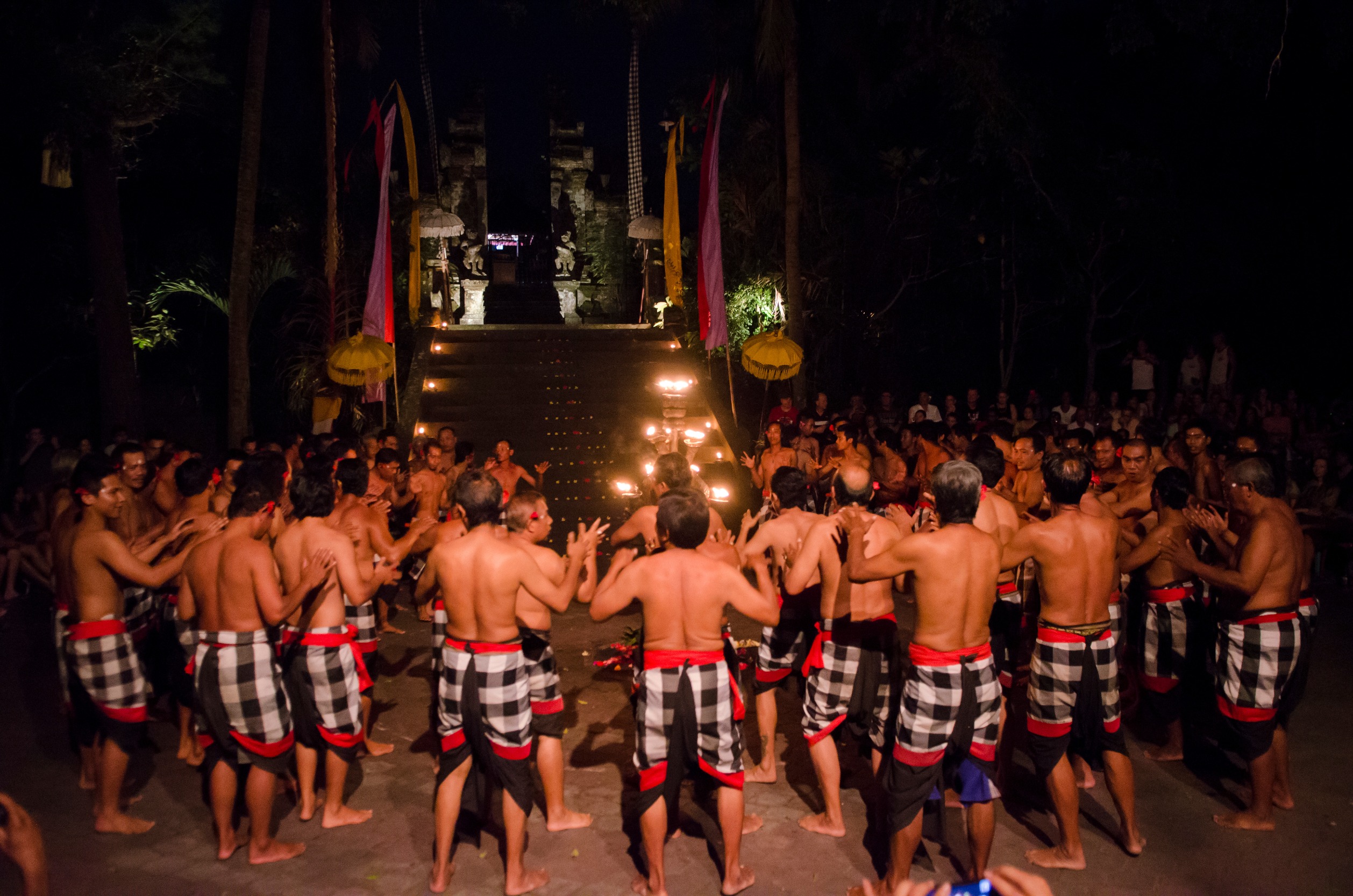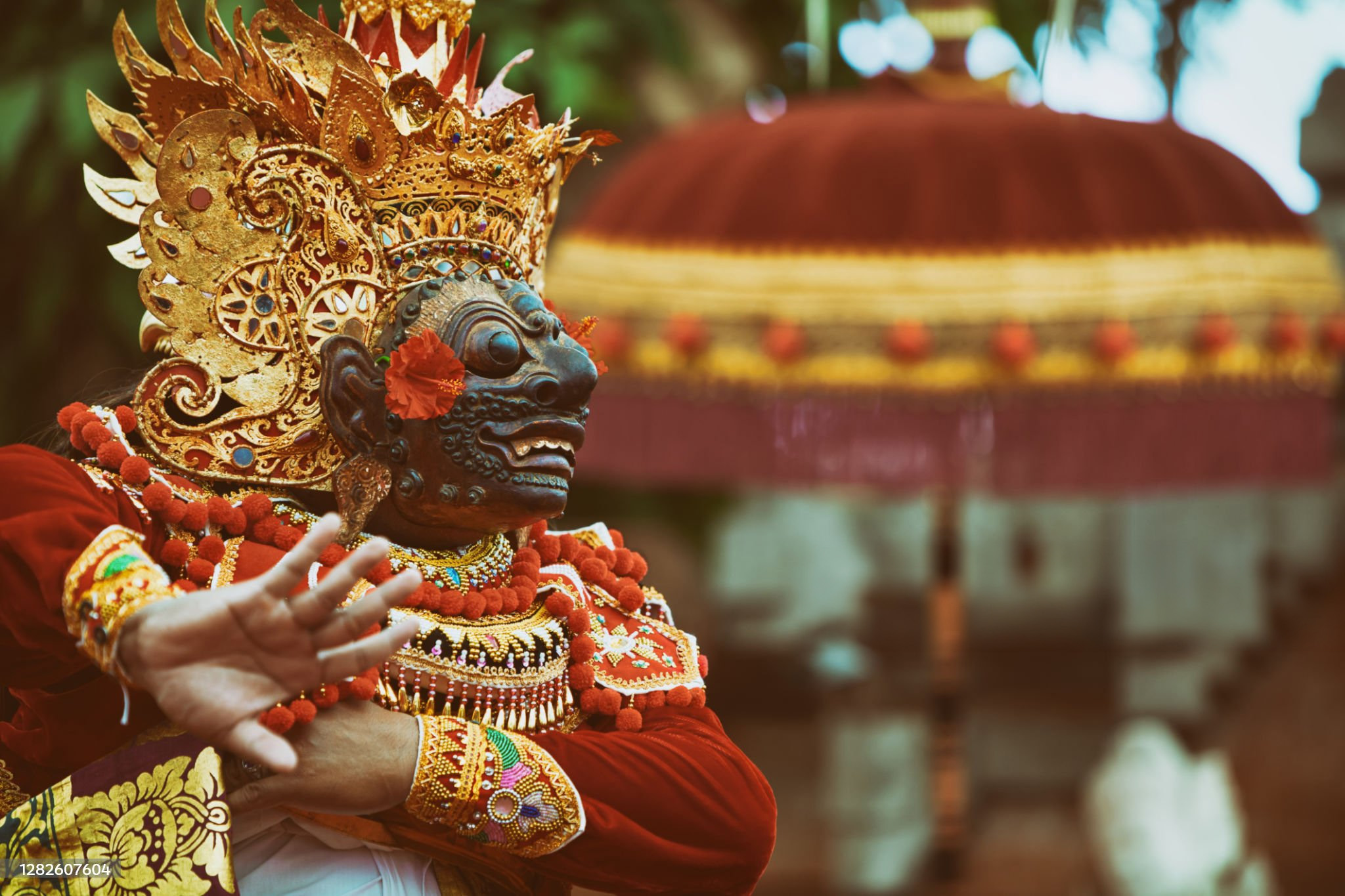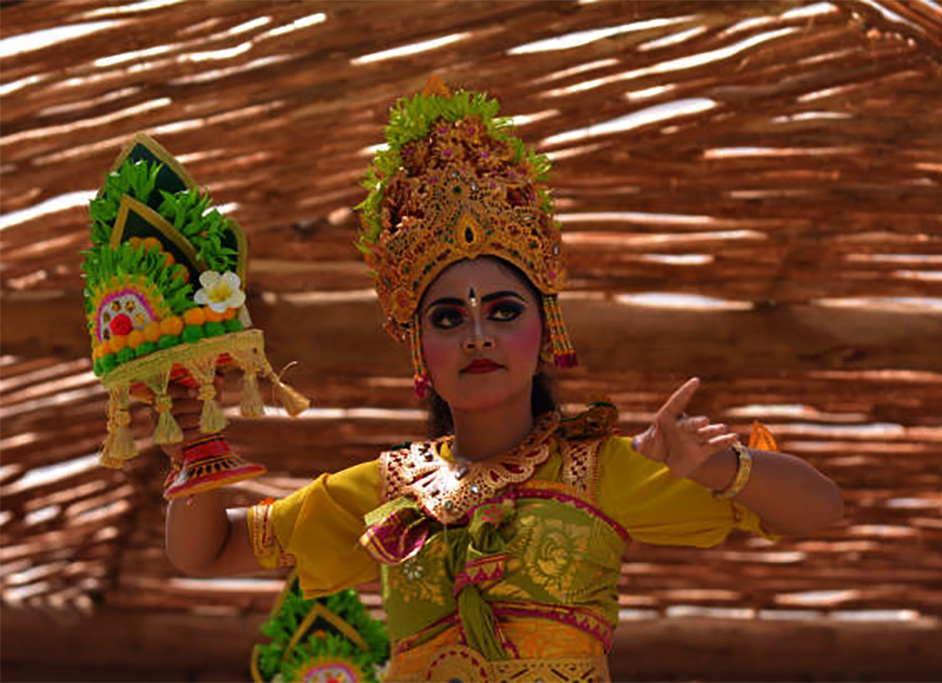Bali Traditional Dances: The Expression of Culture in Dance
Bali, also known as the Island of the Gods, is famous both for its culture, natural beauty and history. What stand out in Balinese culture are the traditional dances which have been part of the rituals, celebrations, and oral history for ages. These dances are not just the performers but devoted culture, history, and art, beautiful for friends and tourists. In this guide, let us examine some traditional dances in Bali, their importance, their types, and their narratives.
The Relevance of Balinese Traditional Composition in Bali
In the balance of cultural performance’s aim, an activity which is known as Balinese composition should be considered as more than a pastime activity. The Balinese people however do not see it as a hobby. Dance in Bali is performed by the Portraits of Praising gods and goddesses and as an offering; prayers are accompanied with dance and songs. Many of the dances are performed at significant events such as religious ceremonies, temple processions and entertainment segments in family events. Prayers are accompanied with dance and songs as a means of seeking protection from evil spirits while at the same time praising gods enabling a festive mood.
Basic Features of Balinese Dance
Since Balinese Dance is also performed in Sumba Island, it is famous for the hand waving performance, active body rotation, and changing of a very lively face.
These performances are made even more stunning by the use of traditional gamelan music, which emphasizes the spirit of the dance and is a type of indonesiaast developing music often called as the ‘musical ensemble’. The dancers, who are usually trained from an early age, interpret the stories and characters visually by using their whole bodies. The Balinese performance in the dance is a genuine manifestation of the artistic capabilities and cultural principles of the island.
Classification of Bali Dances

1. Legong Dance
The Legong Dance may be the most popular among Balinese dances. The Legong dancers are characterized for their movements, which are often fluid and have many details to them and young girls who wear intricate costumes set with gold typically carry out the dance. Most of them are rooted in Hinduism and focus on love, drama and war, and this is one such dance as it narrates the ancient tale of the Rama. Legong dance is not easy, years of training are necessary as it involves accurate movements of the fingers, quick gazes, and coordinated yet hard footwork.

2. Barong Dance
Symbolizing the conflict between light and darkness the Barong Dance is full of actions and is extremely loud. Dominating perspectives are the Barong -a lion-like creature and Barong, in turn is good but Rangda is evil which represents chaos.
The dance is exciting with a fierce fight between Barong and Rangda featuring masked dancers in exceptional costumes. This is done mostly during temple rituals and is also a popular form of dance among the tourists in Bali.

3. Kecak Dance
‘M Unique is that the Kecak Dance has no music instruments. This is because it is executed by many males performing the “Kek” in their hand movements, and chanting cak-cak in different motions. Like in the Kecak stupendous performances, this takes place at the Uluwatu temple around sun down. Here the sola direct the dance posing for the audience to see at the sun set. The components of the Kecak dance are more about society and social energy, where everyone sings like a Kecak voice for a purpose, and that is each Kecak dance represents a prayer.’ performed at the end of a ceremony or as an act of worship, also contains numerous poignant characters and has an interpretation. Kecak dance tells and recreates stories. It is a reenactment of a destruction of a ramayana formation, named Lanang Dewo. The dancers here simply interpreted Lanang Dewa. So during the confirmation, suna means ballet or dance while kunkun is the Kecak dance, narrating swines, or basic Kecak moves, the lion dances a few swine. Everything is accompanied or preceded by chanting. Talking about story themes, the Kecak dance fills it all and basically has the simplest view.’

4. Topeng Dance
The Topeng Dance is considered to be a type of dance wear there are masks and features various social characters and life stages. There are kings and wife’s, and multifaceted characters masked up with patches of clown that creates joker – ‘jeering posing joker at the ceremonies’. This also means it is suited for cates for ceremonial ‘this, her, and the elements after significant content’. As with other states, this art form does originate from a deep connection with culture and ceremonial practices. In the ceramic part, masks, often painted, are treated from wood and combined. ‘Here every movement is intentional and original.’
Bali’s legends and history are narrated not just through dancing but also through the Topeng Dance as it is an artistic interpretation itself.

5. Tari Pendet
The Tari Pendet was once a holy dance performed to receive and welcome gods; however, it is currently performed in ceremonies and other celebrations. Offering the gifts to the deities is relayed through the hands of the dancers, thus contributing to the creation of the dance’s happy and active themes. Energetic and upbeat in style, the Pendet dance embodies the connection of people and the Creator. The typical scene involves many ladies who dressed up spectacularly in shimmering gold outfits and make charming movements while holding decorations over their heads.
The Function of Music within Balinese Dance
Within the higher levels of Balinese culture are contained the Balinese traditional dance-theatre with dance having the primary role in it. Gamelan is the word for stage music played with several instruments during nearly every performance. This music consists of various types of percussion, gongs, met allophones, drums, accompanied by bamboo flutes and stringed instruments. The music determines dance movements and helps to underline the presented scenes. The more complex tune of gamelan music, in which fast and layers rhythm structures narrate, the better harmony to the dance 「nature」 can be received.
Where to Experience the Traditional Dances of Bali.
For those who want to enjoy the traditional dances of Bali, there are many places in the island where there are performances. Some of the popular places include:
Ubud Palace: It is a popular venue for both Legong and Kecak performances which are based on Balinese dance, and has a wonderful historical touch.
Uluwatu Temple: This temple is famous for the Kecak Dance which is performed at sunset which is simply breathtaking.
Batubulan village: This village is famous for Barong Dance performances when tourists are invited to stop the World War of good and evil.
Sanur beach: This place features several evening dances during cultural celebrations and ceremonies particularly during festival periods.
Bali’s traditional dances has the part that has message, that messages depicting fantasies, histories and religions of the island of the Gods. It is a celebration that aims to foster an understanding of the background of life in Bali and a chance for the audience to admire the island and its people.
This is not just the island of the Gods for nothing; the island also has rich and vibrant cultures that are not only beautiful but captivating as well. This is something most of the dances known today are still practiced and more focused on and so it seems to be in the blood being associated with Balinese culture for generations to come.